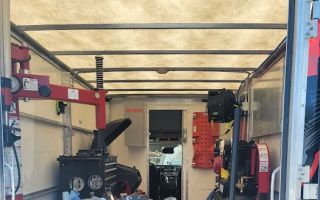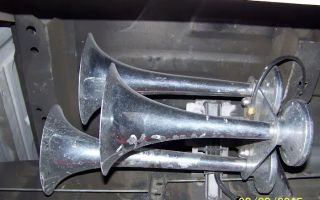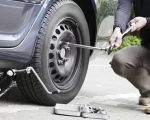- 1‑understand‑your‑device
- 2‑prepare‑properly
- 3‑attach‑correctly
- 4‑monitor‑during‑use
- 5‑post‑jump‑care
- 6‑story‑of‑a‑successful‑jump
- 7‑recommendation
1. Understand Your Portable Jump Starter Fully
Before you even open the hood, it’s critical to understand your portable jump starter’s features and limitations. Many units on the market—ranging from compact 400 A models to heavy-duty 2000 A versions—come with built-in safety features like reverse-polarity protection, overcharge prevention, and spark suppression. Knowing your device’s peak and cranking amperage helps ensure it matches your vehicle’s battery requirement. And always verify the charge status before use—most models can hold up to 80 percent charge after six months, but neglecting this can leave you stranded.
For example, I once borrowed my uncle’s large-capacity unit for my SUV, only to discover its built-in protection kicked in—it wouldn’t deliver power because it detected a higher voltage requirement than what it was designed for. That tiny spark was a wake-up call: always match the specs.
2. Prepare Properly Before Connecting the Jump Starter
Preparation avoids surprises. Start by ensuring your car is turned off, keys removed, and all accessories are off. Move the jump starter close enough to connect without stretching or risking disconnection. Then inspect battery terminals—clean away corrosion or debris with a wire brush or baking soda solution. A thin layer of corrosion can block current flow and damage both battery and booster. Wear gloves and protective eyewear—an unexpected spark or acid splatter is rare, but possible.
One Rescue & Towing technician recalled staying calm while cleaning an elderly woman’s battery and charger terminals roadside. “It took five extra minutes, but a clean connection changed the game—her engine fired up immediately and we avoided a deeper battery transplant.”
3. Attach the Clamps Correctly and Observe Polarity
Polarity matters—attaching clamps in reverse can damage electronics. Always connect the red clamp to the positive (+) terminal and black to a metal ground (bare chassis bolt), not the negative terminal, to reduce spark risk. Wait until clips are firm and use the jump starter’s status lights or beep alerts to confirm a correct connection. Some models won’t activate unless safe alignment is made—and that’s a lifesaver.
A friend once connected the black clamp directly to the negative terminal on a 2021 hybrid car. It caused electronics to reset. He ended up losing saved seat and mirror settings—a headache easily avoided by using a grounding point instead.
4. Monitor the Engine While Cranking Carefully
After pressing the boost button or turning on power, watch the engine lights carefully. Let the starter run in 5–10 second bursts, pausing 20–30 seconds between tries to avoid overheating the starter or draining it. If the engine won’t start within three attempts, pause and recheck connections and battery voltage. Most portable units can handle multiple cycles, but you should avoid exhausting the unit—all-purpose backup power is best kept for emergencies.
In one case, a college student tried nonstop starts for a minute. The booster overheated, shutting down. A moment’s pause to reset and recharge back in her dorm parking lot allowed a successful restart—and highlighted the importance of pacing.
5. Post-Jump Care: Disconnect, Pack, and Recharge
Once the engine starts, leave it running for 2–3 minutes while disconnecting the clamps in reverse order (black first). Then store your jump starter in a cool, dry place—extreme heat inside a summer trunk can damage its lithium battery. Recharge the booster as soon as possible; most units take 3–6 hours. Avoid storing it fully drained—this preserves battery life and ensures readiness for next use.
A towing professional emphasized bringing the unit inside overnight after a cold-weather jump start, since temperature fluctuation affects battery chemistry. That 50-cent habit doubled the jump starter’s effective lifespan.
6. Real-Life Rescue Story: How Proper Use Saved the Day
Last winter, I was stranded on a snowy shoulder with a dead battery and no cell signal. Remembering my training, I parked safely, cleaned terminals, connected my booster properly, and followed the structured boost steps. Within two tries, the truck roared to life. A few minutes later, Rescue & Towing arrived—but I had already taken control. That moment taught me confidence—and solidified why proper jump starter safety matters beyond instruction manuals.
7. Recommendation: Gear Up with Confidence
Using a portable jump starter safely is as much about mindset as technique. Treat it like a first aid kit for your car—prepare, follow steps, and respect its limits. For reliable models, expert advice, and bundled deals, check out Rescue & Towing’s gear recommendations. A quality jump starter and knowledge together mean peace of mind—and the assurance that a dead battery won’t sideline your adventure.





























